Christmas Gifts and Climate Change
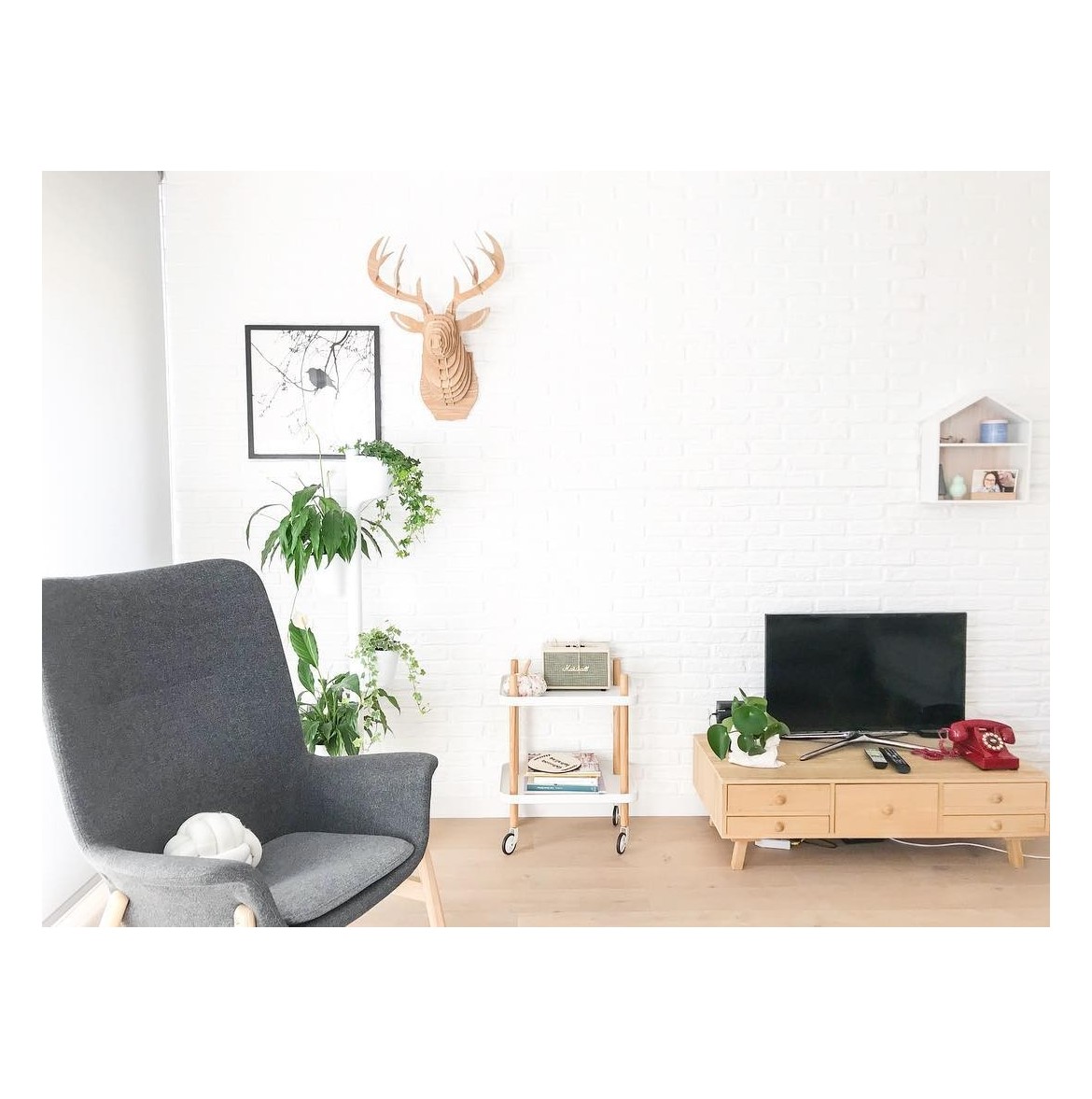
COP28 has just ended, where the world's governments discussed how to limit the rise in global temperature, caused by the concentration of CO2 in the atmosphere.
While governments are doing their job, businesses and consumers have a lot to do.
.
Did you know that the furniture industry is the second most polluting consumer goods industry?
.
It is only surpassed by the textile industry, with fast-fashion at the top of the problem.
In the furniture industry, the place of manufacture and the materials are of particular importance, because each product weighs a lot. A lot of material goes into manufacturing and it costs a lot of energy to move it from one place to another.
Two facts to put this in context:
- Bringing one kilogram (kg) from Southeast Asia to Europe emits 2 kg of CO2. Bringing a chair weighing only 5 kg from Southeast Asia to France emits 10 kg of CO2 per chair!
- Every year, 10 million tonnes of furniture waste are created in Europe. This waste is mostly disposed of in landfills or incinerated.
If we want to limit the global temperature increase, we as consumers have a lot to say.
It is important for companies to be transparent, to put the information up front, and for us as consumers to get used to being aware of where it is made and from what materials.
.
.
.
Do you know the materials pyramid?
.
Based on the graphic language of the food pyramid, the Centre for Industrialised Architecture in Denmark has created the Pyramid of Building Materials. We didn't know about it, and we love it.
At the moment it compares only building materials and should be put in the Scandinavian context, where pine forests abound. Equally, it is easily extrapolated to the industry of furniture in Europe.
The same product has a very different CO2 equivalent emission depending on the material it is made of. As an example, for the same product manufactured with 1 square metre of 4 mm thick material, these are the emissions of different materials:
- Aluminium: 113 kg CO2 eq.
- Ceramic: 7 kg CO2 eq. (it requires a lot of energy for firing)
- Polypropylene: 1 kg CO2 eq.
- Plywood: -3 kg CO2 eq. (as long as it does not burn, wood retains atmospheric CO2)
.
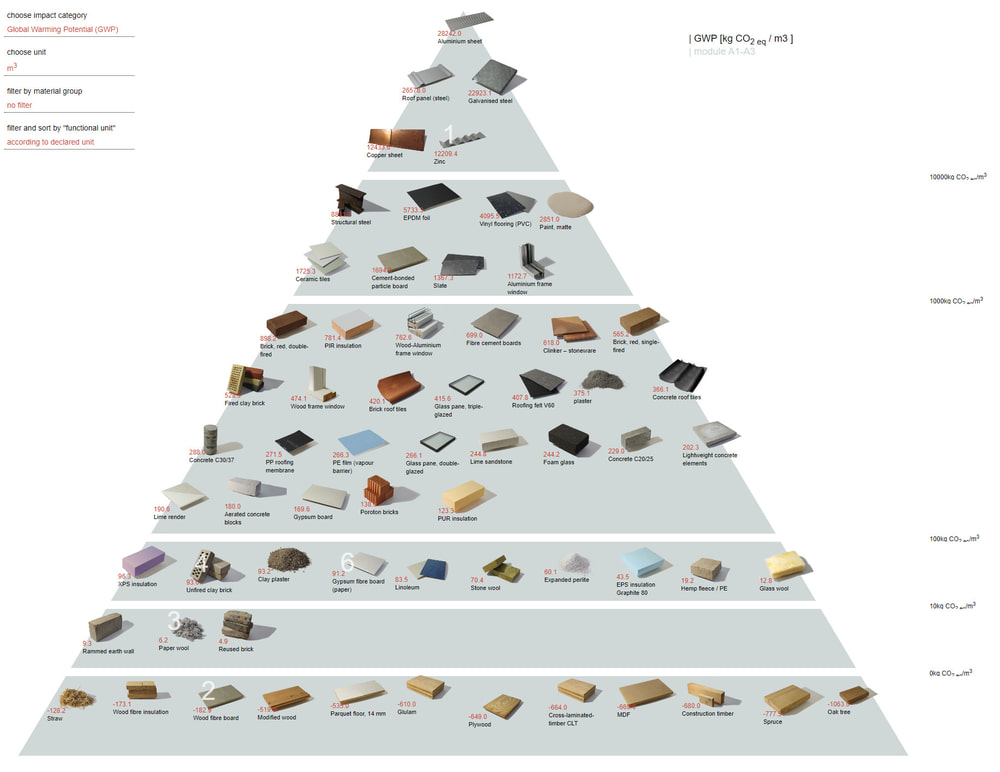
.
.
How do we manufacture at CitySens?
.
At CitySens we have chosen from day one to manufacture in Spain. We use recycled and recyclable polypropylene as our main material, because it allows us to create environmentally friendly vertical designs with automatic irrigation. Wood does not allow us to create light irrigation tanks and stable vertical structures. In addition, recycled polypropylene emits 50% less CO2 than virgin polypropylene.
We design products to last for more than 20 years and at the end of their useful life they can be recycled. The problem with plastic is the abuse of single-use plastic, because it is difficult to recycle, generates a lot of waste and ends up in landfills or incinerated.
We are committed to eradicating single-use plastic and we have projects underway to provide solutions in the world of gardening.
.
.
Every purchase is a vote
Companies that design and market products depend on the "vote" of our customers.
As consumers, with every purchase we make, we "vote" on which world we want. The good thing about this "vote" is that it is daily and we can divide it up and distribute it every day, depending on what we need: to local commerce, food, culture, leisure, etc. etc. etc.
For Christmas gifts, here you have the CitySens candidature for your vote:

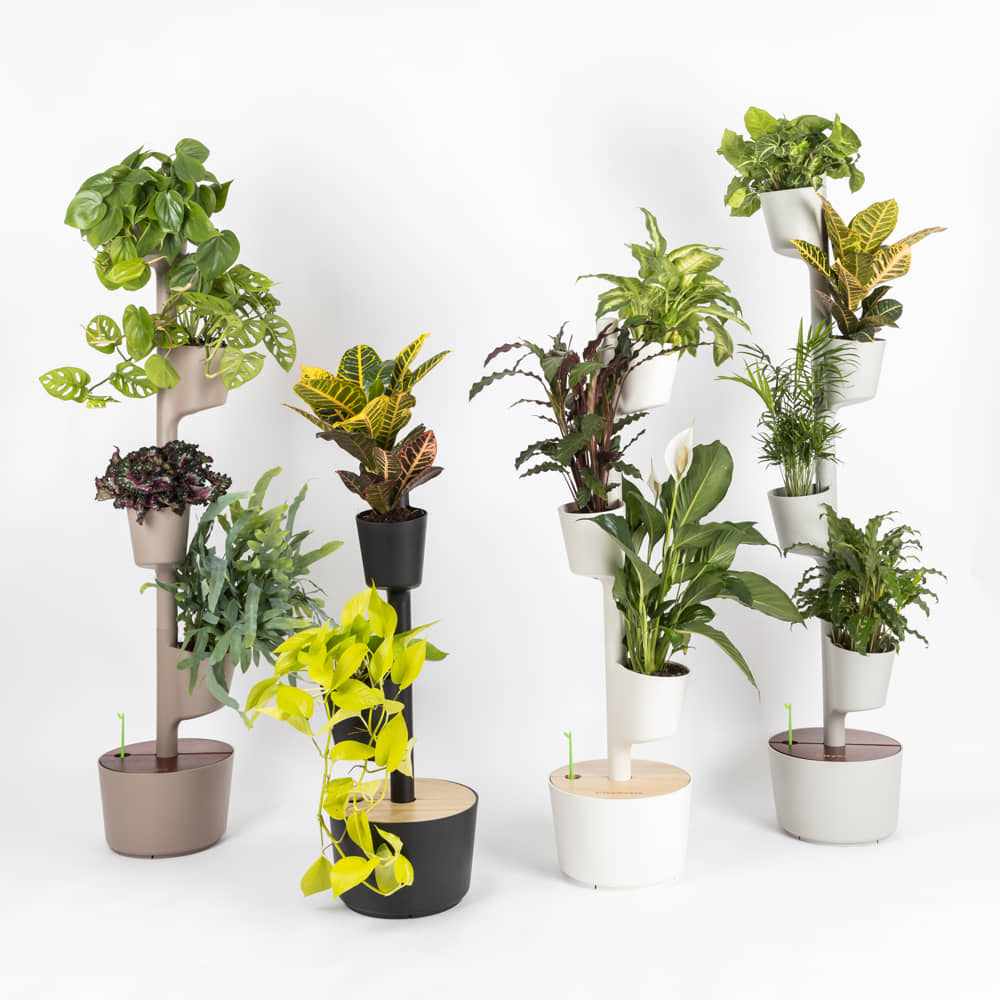
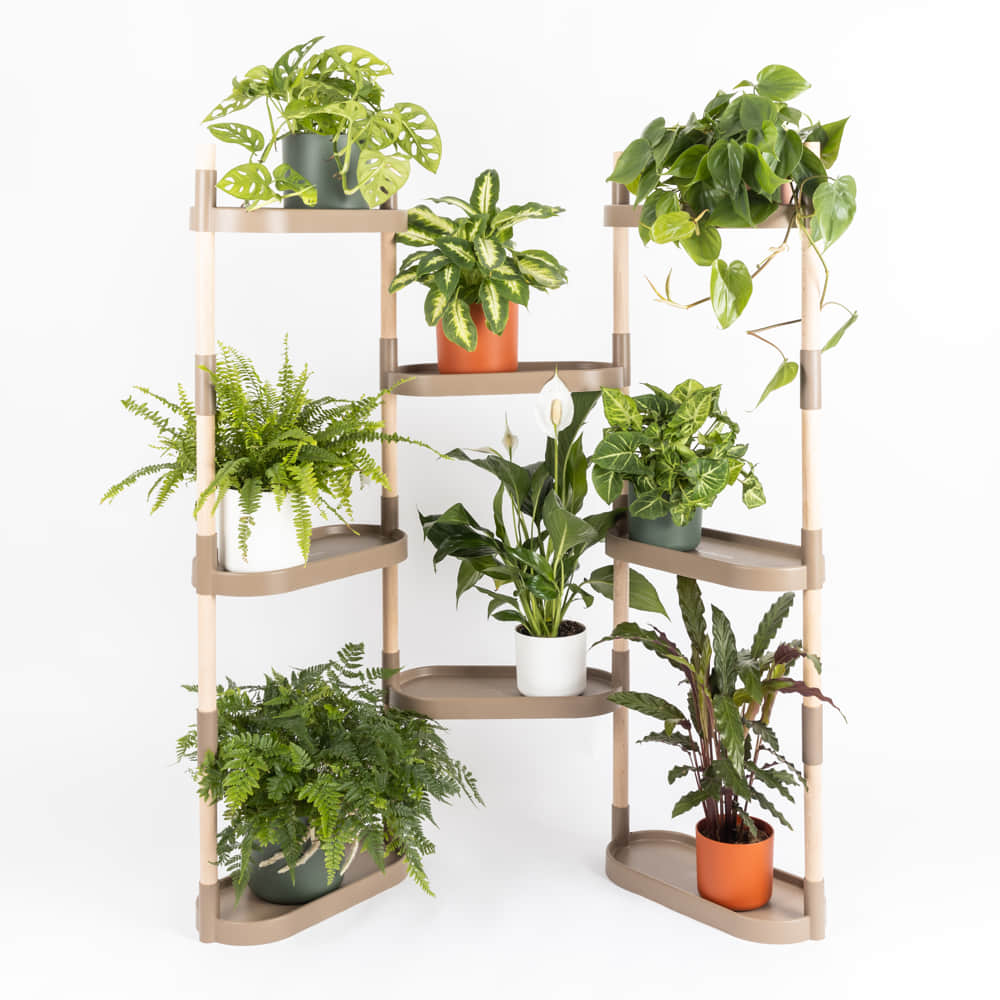
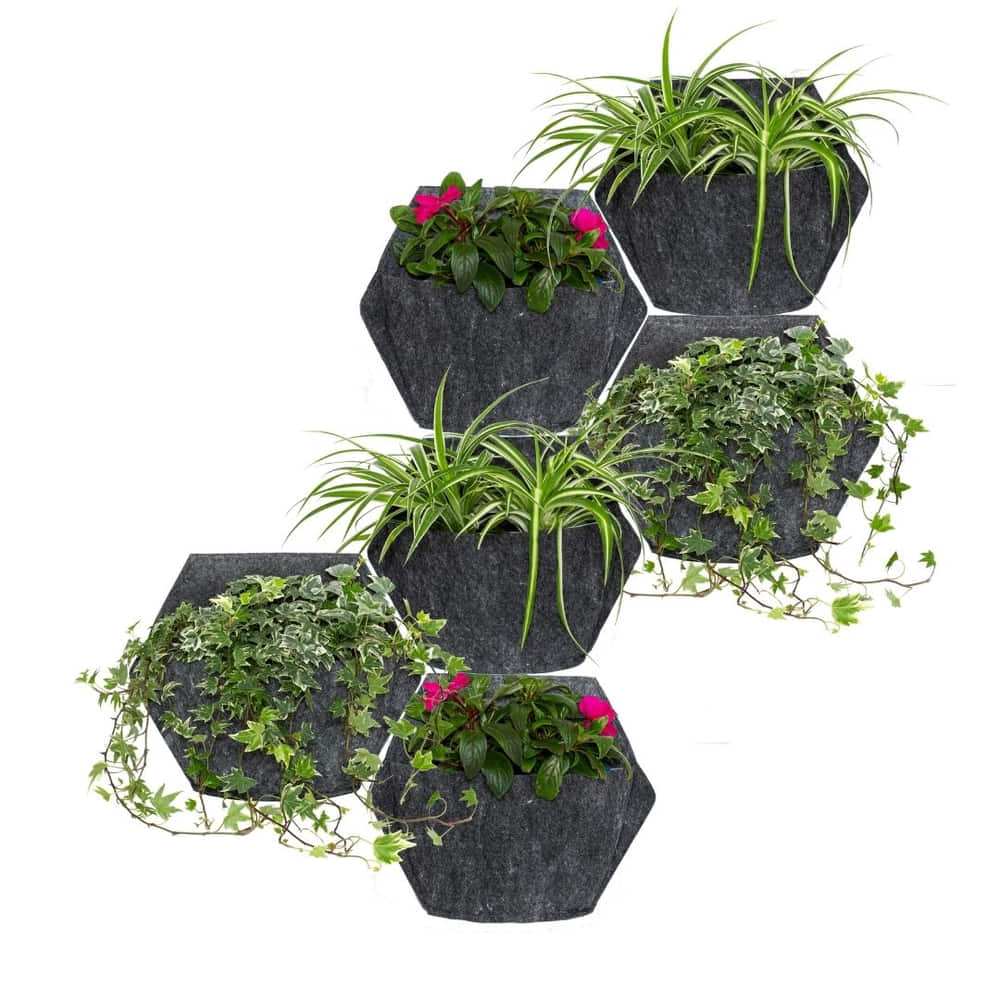
Comments
No comment at this time!
Leave your comment